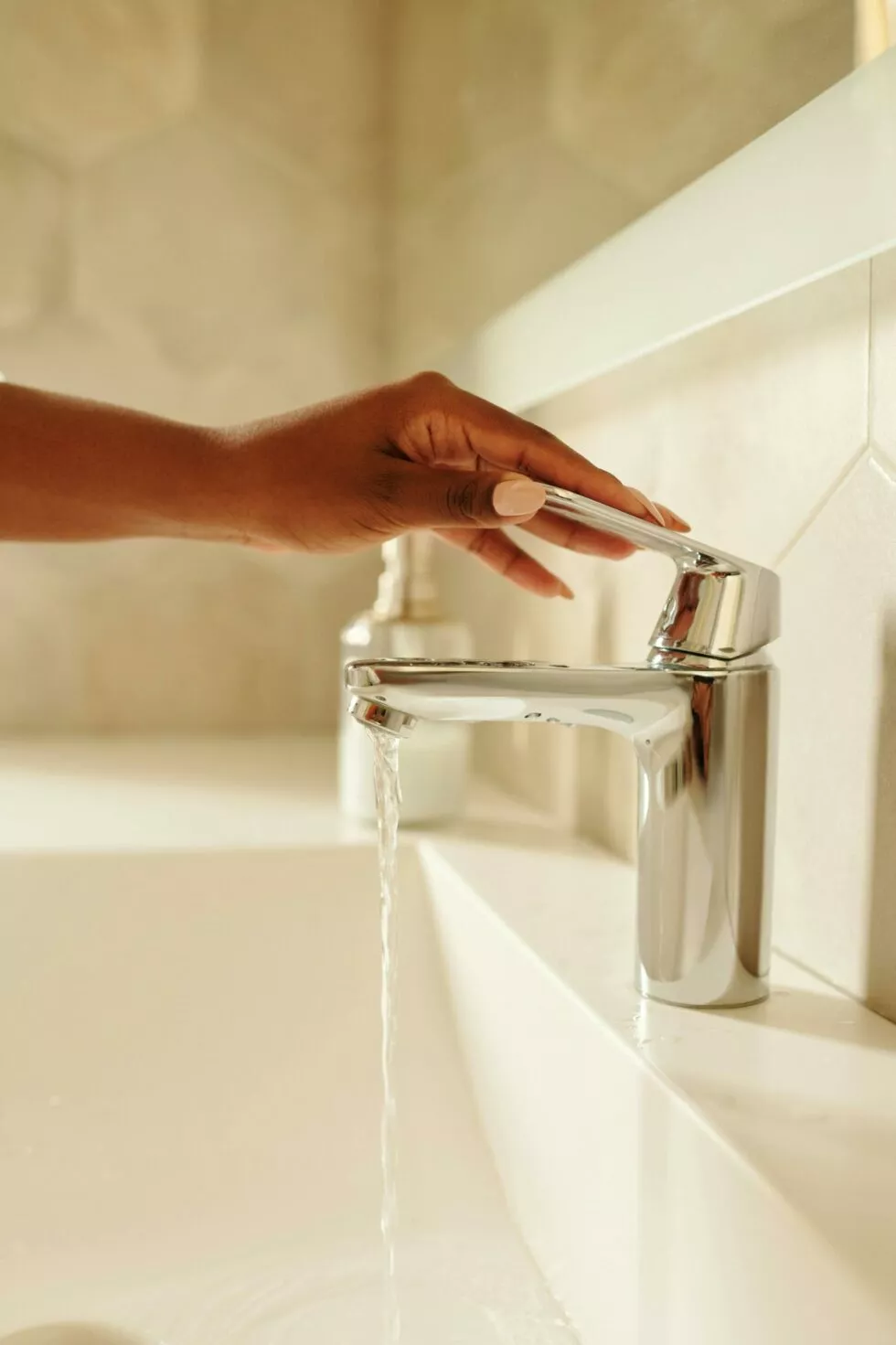Septic tank maintenance guide: best practices to avoid breakdowns

Optimisation and maintenance of septic tanks: a must for sustainability
Regular maintenance of septic tanks is essential to ensure they function properly and avoid costly breakdowns. A well-maintained septic tank not only contributes to the longevity of the system but also to the protection of the environment. By keeping your installation in good condition, you reduce the risk of leakage and water table pollution. This article will guide you through the best maintenance practices, common mistakes to avoid and recommended emptying frequencies. By following this advice, you will ensure that your system works properly. From regular inspection to periodic emptying, find out how to optimise the performance of your septic tank.
Good maintenance practices
Effective maintenance starts with regular inspection of the septic tank. It is advisable to check the condition of the filters, connections and lid at least once a year. In addition to routine checks, it is important to monitor water consumption to avoid overloading the system. Using biodegradable products and avoiding harsh chemicals can extend the lifespan of your installation. Chemicals not only damage the system, but they can also kill the bacteria necessary for the optimal functioning of the tank. Finally, call in a professional for a complete diagnosis every three to five years to prevent potential problems.
Common mistakes to avoid
Certain mistakes can seriously damage your septic tank system. For example, throwing non-biodegradable products or grease down the drains can cause blockages that may require costly repairs. In addition, it is crucial not to ignore the warning signs of a breakdown, such as bad smells or backflow. Neglected maintenance can result in costly repairs and environmental damage. Avoid planting trees or shrubs near the tank to prevent root infiltration. Invasive roots can create cracks in your septic tank and lead to leaks. In addition, avoid parking vehicles or building heavy structures on the area where the tank is located to prevent the system from collapsing.
Recommended emptying frequencies
Regular emptying of the septic tank is essential for it to function properly. In general, it is recommended to empty it every three to five years, depending on the size of the tank and the number of occupants in the household. A suitable emptying schedule will maintain an optimal level of sludge and prevent overflows. In the case of intensive use of the system, such as in houses with a large number of residents, it may be necessary to empty more frequently. It is advisable to consult a professional who will assess the ideal frequency according to your specific usage. Appropriate monitoring will save you inconvenience in the event of an unexpected overflow.
How to extend the lifespan of your septic tank
Proper management of your system can considerably extend its lifespan. By adopting simple but effective habits, you can avoid costly repairs and prolong the durability of your installation. It is also important to educate all members of the household on the proper use of drainage systems. Explain to them why it is important not to flush non-degradable products down the toilet and to limit the use of bleach. By investing in quality equipment and following the maintenance recommendations, you will help maintain the efficiency of your septic tank.
Water management and behaviours to adopt
Limiting water consumption is one of the most effective strategies for preserving your septic tank. Avoid running several water-using household appliances simultaneously, such as the dishwasher and washing machine, and choose short showers over baths. Repairing leaks immediately and installing water-saving devices can also help your system. Consider installing low-flow toilets or water-saving shower heads to further reduce the pressure on your septic tank.
The importance of regular inspections
Regular inspections allow problems to be detected before they become critical. By regularly checking the sludge levels and the condition of the mechanical components, you can plan the necessary interventions in good time. This monitoring guarantees the longevity of your septic tank. A thorough inspection would reveal hidden problems which, if not dealt with in time, could lead to a complete breakdown of the system.
Choose qualified professionals
It is essential to call on qualified professionals to maintain and empty your septic tank. An expert will be able to identify signs of wear or malfunction and propose appropriate solutions. Always choose experienced and certified service providers to guarantee a quality service. Ask your friends and family for recommendations or consult online reviews to find a professional you can trust. Regular maintenance by a specialist is a good way to ensure the longevity of your system.
Conclusion and reminder of good practices
Regular maintenance of your septic tank is a responsibility that guarantees not only the durability of your installation, but also the protection of the environment. By following good practices, avoiding common mistakes and respecting the recommended emptying frequencies, you can prevent breakdowns and optimise the functioning of your system. Make sure you surround yourself with competent professionals for an effective and long-lasting maintenance. An investment in the maintenance of your septic tank is an investment in your comfort and the preservation of your environment.

